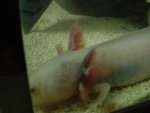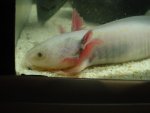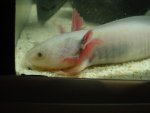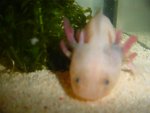sarah87
New member
i been watching my axolotl over the past few weeks and she seems to have a black build up on her gills i was wondering what it is as i am very attached and want to treat it if its something serious , but deep down i hope its nothing , if anyone can help please do, she olso has yellow spots on her body i keep my tank super clean
i got a picture below
i got a picture below




